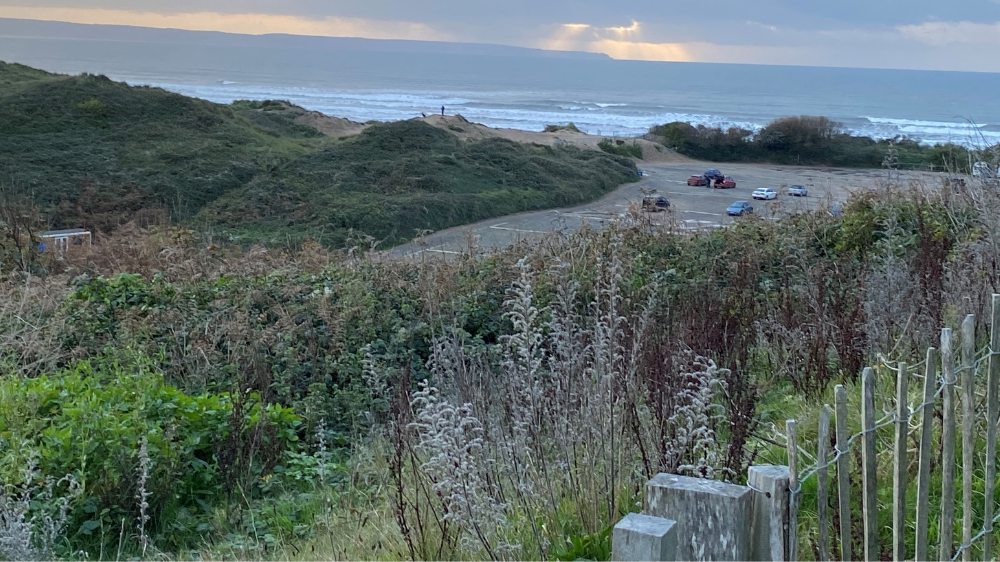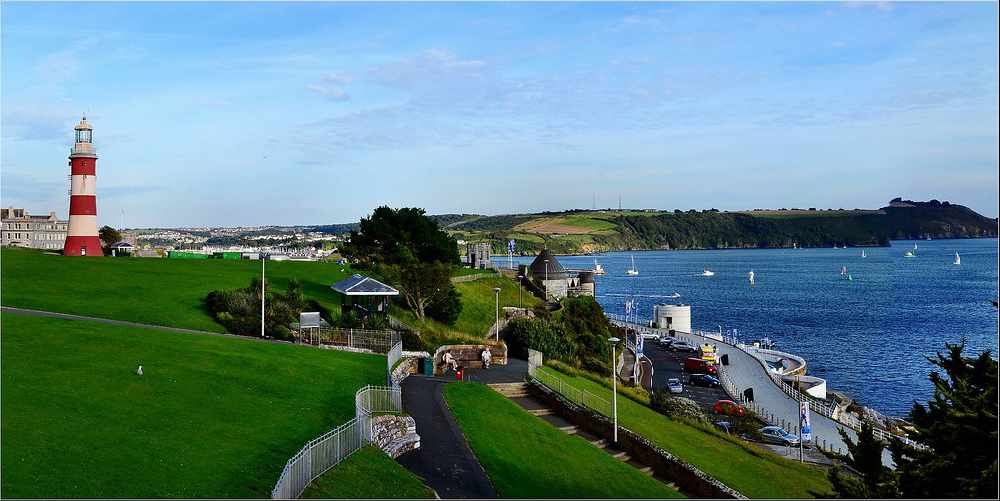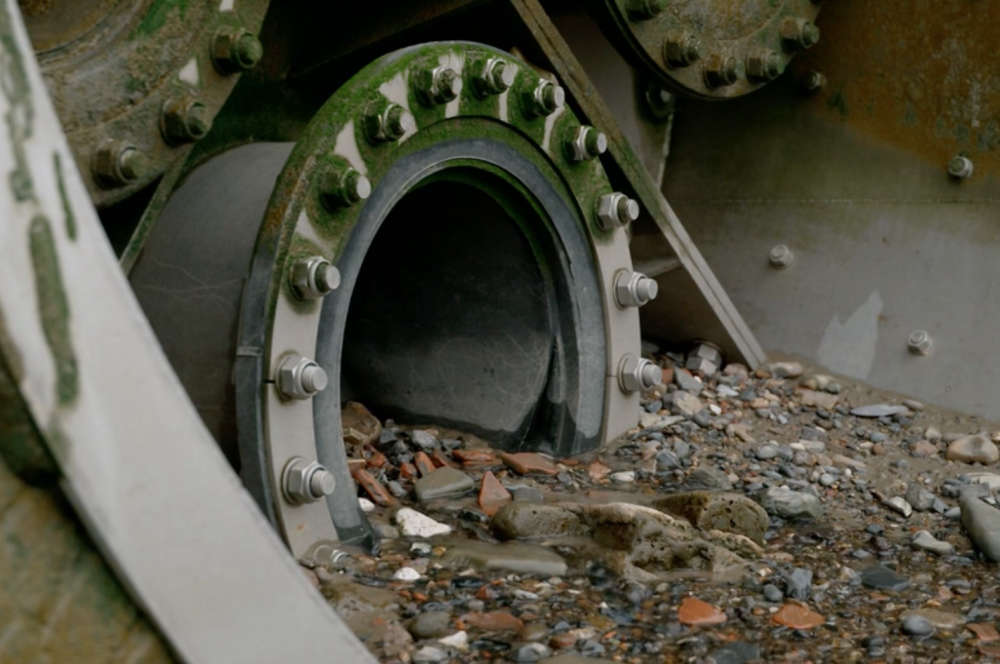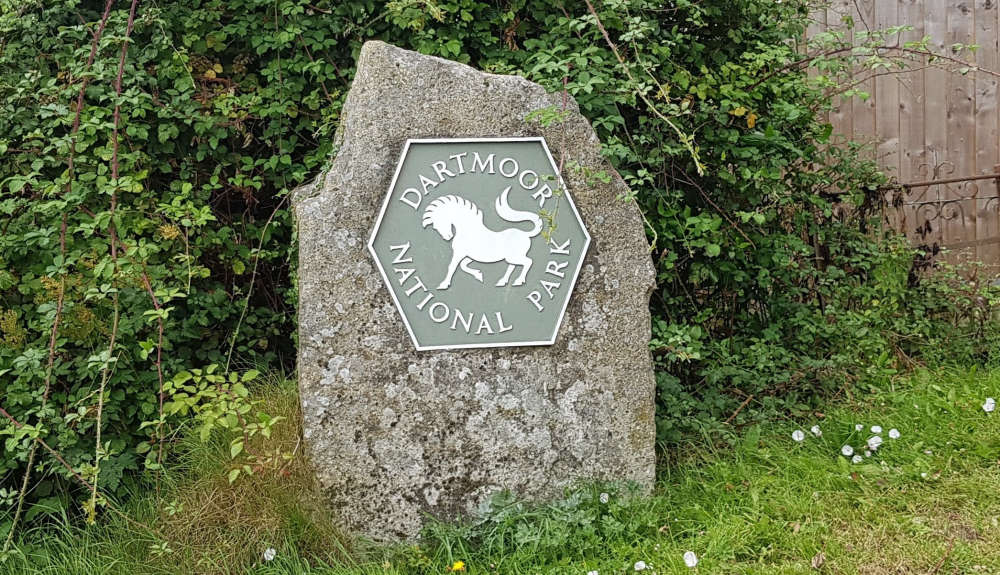
Controversial scheme to be decided soon
Just shy of 1,000 objections have been received to an application to locate an onshore cable route from a floating windfarm in an area of several protected landscapes.
North Devon Council expects to set a date for a planning meeting to make a decision on the controversial White Cross proposal in the next two to three weeks.
The Cobra and Flotation Energy plan for the onshore infrastructure of the 100MW windfarm 32 miles off the coast was submitted last year, but following local opposition was put on hold for further information about the environmental impact.
Planners have to make the decision by Friday 1 November unless a deadline is extended.
It is one of a number of offshore pilot projects of large scale commercial renewable energy in the Celtic Sea, with eight turbines generating enough energy to power over 135,000 households.
The windfarm cabling will make landfall at Saunton Sands beach, then run underground beneath a golf course before going under the Taw Estuary and connecting to the grid at East Yelland.
The Taw-Torridge Estuary is a Site of Special Scientific Interest (SSSI), as is Braunton Burrows, the backdrop to Saunton Sands, which is also a Special Area of Conversation (SAC) and one of the most important sand dune systems in Britain. It forms the core of a UNESCO Biosphere Reserve. It supports over 400 flowering plants, including rarities, and 33 species of butterflies have been recorded. The site is also of interest for its birds.
The area is part of the North Devon National Landscape.
Concerns about the plans have been expressed by Natural England, the Devon Wildlife Trust and the RSPB. Braunton Parish Council unanimously voted against the scheme last month.
The Environment Agency has objected to the application because of risk of flooding in the area.
Opponents say they are support windpower, but claim the cables would have a devastating impact on the local economy and tourism with up to 90 HGVs a day using narrow roads through Braunton where there is already a significant issue with pollution.
The work to lay the cables would take up to two years and mean closing 40 per cent of the Saunton Sands car park. A temporary new road would be laid through fields and Braunton Marsh.
A total of 999 letters of objection have been submitted to the council, with 28 in support.
White Cross developers say the cable route has been amended to avoid affecting Braunton Burrows Special Area of Conservation and on the more environmentally sensitive parts of the route it will use trenchless drilling techniques, so wildlife and habitats are not disturbed.
“There will be an ecological clerk of works on site to ensure environmental management plans are followed,” the developer said. “That person will have the power to stop work if they are concerned about anything we are doing affecting the environment.”
“The cables will be buried underground and will not affect access to Saunton Sands and not be visible when the work is complete.”
The rights for the White Cross development were secured from the Crown Estate in 2021 as a test and demonstration site.
 Help needed to find Exminster pensioner
Help needed to find Exminster pensioner
 City lose at home again
City lose at home again
 Calls for inclusion on Plymouth lord mayor role
Calls for inclusion on Plymouth lord mayor role
 Upgrades to Plymouth storm overflows to take place
Upgrades to Plymouth storm overflows to take place
 Dartmoor finances facing biggest cut for years
Dartmoor finances facing biggest cut for years
 Rare curlews and martens are leaving Dartmoor - for now
Rare curlews and martens are leaving Dartmoor - for now
